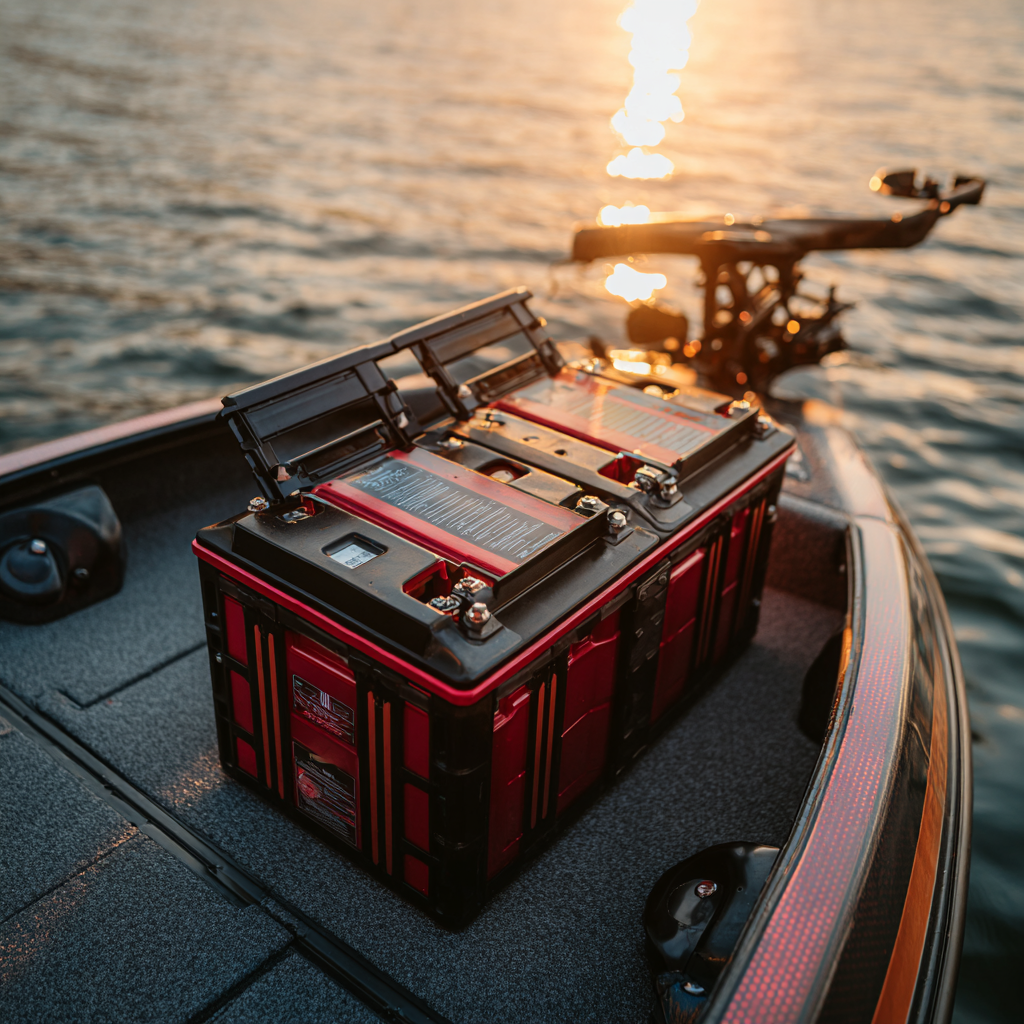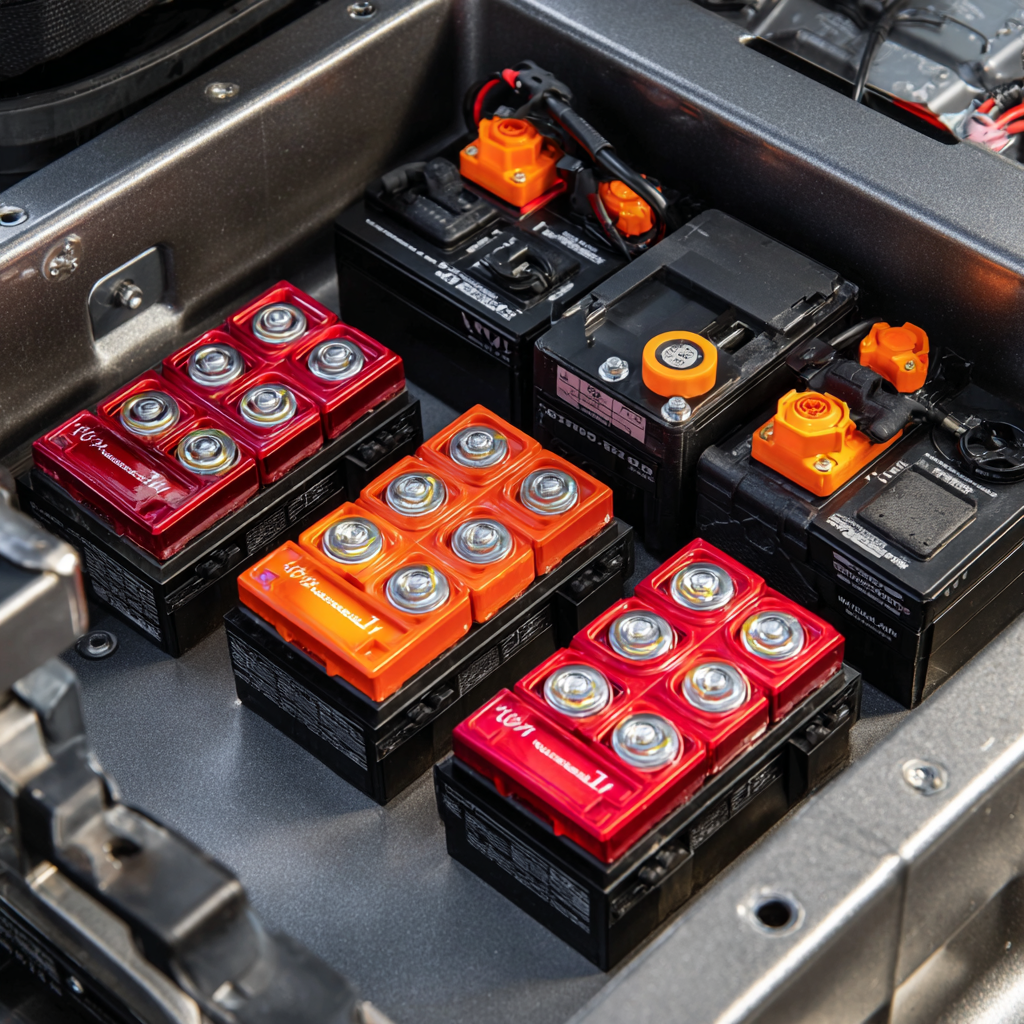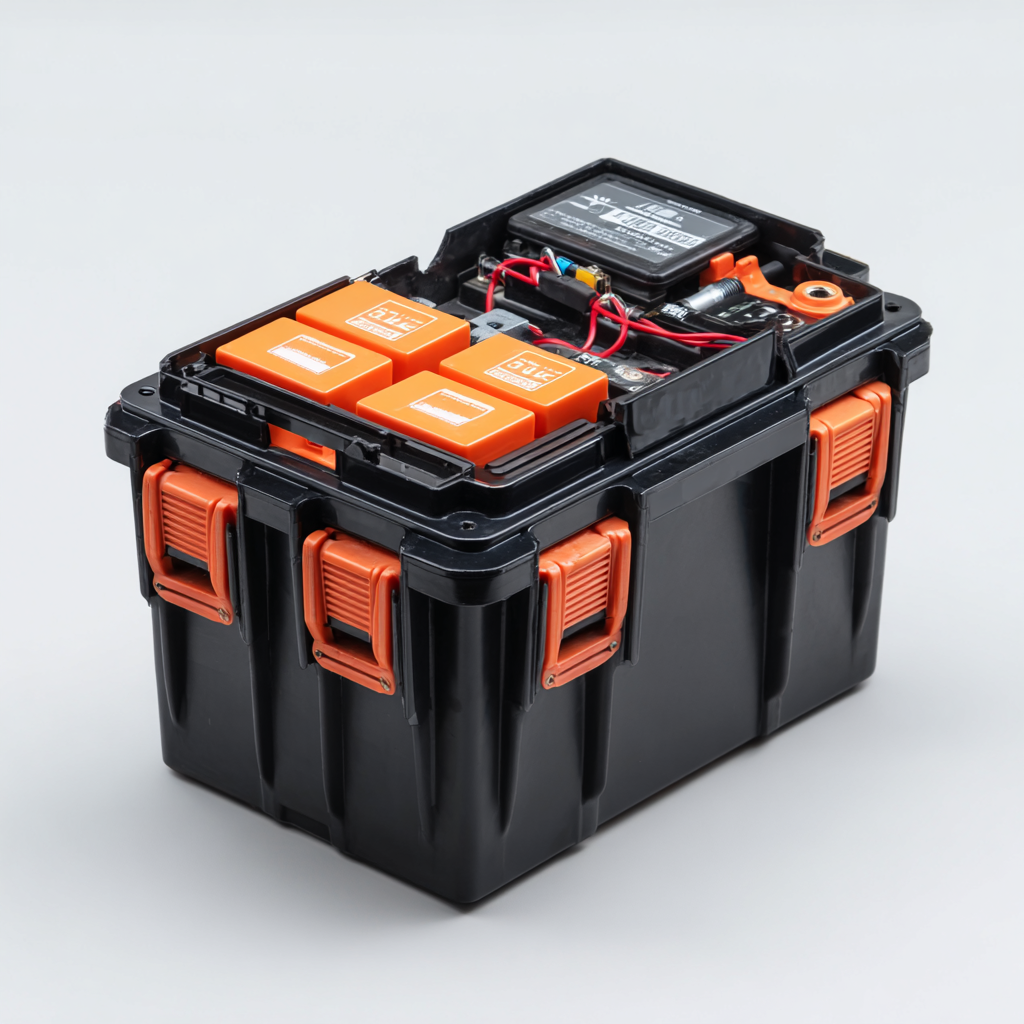Factory Tour
Top Tips for Maximizing Performance with Best 16s Lfp Boat Battery
In recent years, the demand for high-performance batteries, particularly the 16s Lfp Boat Battery, has surged as boating enthusiasts seek more efficient and sustainable energy solutions. According to a report by the Battery Research Institute, lithium iron phosphate (LFP) batteries are projected to dominate the marine battery market, with an expected annual growth rate of 12% over the next five years. These batteries not only offer superior safety and longevity but also deliver exceptional power-to-weight ratios that are critical for marine applications. To maximize performance and ensure optimal efficiency, it is essential to implement best practices tailored to the unique requirements of the 16s Lfp Boat Battery. This blog will explore top tips for enhancing performance and longevity while embracing the latest technological advancements in the boating industry.

Understanding the Advantages of 16s LFP Batteries for Marine Applications
Choosing the right battery for marine applications is crucial, and the 16s LFP (Lithium Iron Phosphate) batteries stand out due to their numerous advantages. One significant benefit is their high energy density, which means they can store more power in a smaller, lighter package compared to traditional lead-acid batteries. This saves valuable space on your boat and reduces the overall weight, enhancing your vessel's performance while optimizing fuel efficiency.
To maximize performance with a 16s LFP battery, consider investing in a high-quality battery management system (BMS). A BMS helps maintain optimal charging and discharging conditions, improving battery lifespan and performance. Additionally, ensure your boat's electrical system is properly configured to handle the unique characteristics of LFP batteries, particularly their faster charging capabilities.
Another tip is to monitor your battery's state of charge regularly. Maintaining a proper charge level can prolong the lifespan of your LFP battery. Aim to keep your battery within a specific range (for instance, between 20% and 80% state of charge) to avoid deep discharges that could impact performance. By following these guidelines, you can enjoy the superior performance and reliability of 16s LFP batteries for all your marine adventures.

Key Performance Metrics: Analyzing Capacity, Discharge Rates, and Lifespan
When selecting the
best 16s LFP boat battery, understanding
key performance metrics is crucial for optimal results.
Capacity
is one of the primary metrics to consider; it determines how much energy the battery can store and deliver. Measured in
amp-hours (Ah), a higher capacity allows for longer operational times, making it essential for extended outings on the water.
Boat enthusiasts should aim for batteries that offer a good balance between capacity and weight, as excessive weight can impact boat performance and handling.
Discharge rates also play an essential role in battery performance. They indicate how quickly the battery can deliver power when needed,
directly influencing the boat's responsiveness under load.
Batteries with high discharge rates are particularly advantageous for applications requiring bursts of power,
such as during acceleration or when operating high-demand equipment. Lifespan is yet another vital metric; it reflects the
number of charge and discharge cycles a battery can endure before performance diminishes.
High-quality LFP batteries usually offer extended lifespans, making them a wise investment for avid boaters who prioritize durability and reliability on the water.
Optimizing Charging Practices for Enhanced Battery Efficiency and Longevity
When it comes to maximizing the performance of a 16s LFP boat battery, optimizing charging practices is essential for enhancing battery efficiency and longevity. Proper charging not only ensures that your battery operates at its peak performance but also extends its lifespan.
It's crucial to use a charger that is compatible with lithium iron phosphate technology, as it requires specific voltage and current levels for optimal charging. Implementing a systematic charging schedule can also help, allowing the battery to undergo full charge cycles which are vital for maintaining energy density.
In addition to the right charger and schedule, monitoring the battery's temperature during charging is key. Overheating can lead to efficiency loss and potential damage. Utilizing temperature sensors or smart chargers with temperature regulation features can protect your battery and contribute to its overall health.
Emphasizing these charging practices can lead to significant improvements in the reliability and performance of your LFP boat battery, making it a worthwhile investment for any boating enthusiast seeking efficiency on the water.
Comparative Study: 16s LFP vs Traditional Lead-Acid Batteries in Boating
When it comes to powering your boat, the choice of battery can significantly influence performance and reliability. In a comparative study of 16s Lithium Iron Phosphate (LFP) batteries and traditional lead-acid batteries, several critical factors emerge that highlight the advantages of transitioning to modern lithium technology. LFP batteries outperform lead-acid counterparts in terms of energy density, delivering more power within a smaller footprint. This high energy density translates to longer operating times between charges, making them ideal for extended maritime excursions.
Moreover, LFP batteries exhibit superior charge/discharge efficiency compared to traditional batteries, which often suffer from significant energy loss during these processes. This efficiency allows for quicker charging times and minimizes downtime, essential for those who want to maximize their time on the water. Additionally, the lifespan of LFP batteries far surpasses that of lead-acid batteries, often lasting for over a decade with proper maintenance. This longevity results not only in better performance over time but also in a lower overall cost when considering replacement frequencies. Embracing 16s LFP batteries not only enhances your boating experience but also contributes to a more sustainable environment with reduced toxic waste and better environmental compliance.

Maintenance Best Practices for Sustaining Performance of LFP Batteries in Boats
Maintaining LFP (Lithium Iron Phosphate) batteries is crucial for ensuring their longevity and optimal performance in marine environments. One of the best practices is to regularly check the battery’s state of charge and voltage. It is essential to keep the batteries within the optimal voltage range to avoid stress and potential damage. Implementing a balanced charging routine, particularly using a smart charger suited for LFP chemistry, can significantly enhance battery health and performance over time.
Another important maintenance practice is to create a clean and dry storage environment for the batteries. Moisture can lead to corrosion, while dirt and grime can impede electrical connections. Regularly inspecting the terminals for tightness and corrosion, and cleaning them as necessary, will ensure a reliable power source during outings. Moreover, consider installing a battery management system (BMS) that monitors temperature and charge cycles, providing real-time data that can help prevent overcharging and undercharging, ultimately extending the lifespan of the batteries.
Top Tips for Maximizing Performance with Best 16s LFP Boat Battery - Maintenance Best Practices for Sustaining Performance of LFP Batteries in Boats
| Tip | Description | Frequency | Expected Outcome |
|---|---|---|---|
| Regular Charging | Charge the battery regularly to maintain optimal performance. | Every Use | Improved longevity and efficiency. |
| Temperature Management | Keep the battery in a temperature-controlled environment. | Ongoing | Enhanced safety and performance stability. |
| Routine Inspections | Inspect battery terminals and connections for corrosion. | Monthly | Minimized risk of failure and increased reliability. |
| Discharge Management | Avoid deep discharges to prolong battery life. | Every Use | Extended cycle life and better performance. |
| Battery Balancing | Use a battery management system to balance cells. | Every Charge | Optimized overall capacity and health. |







